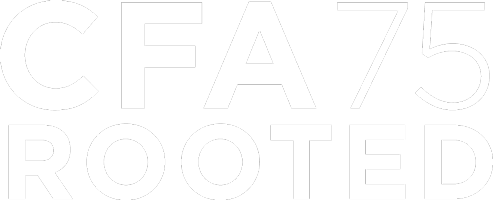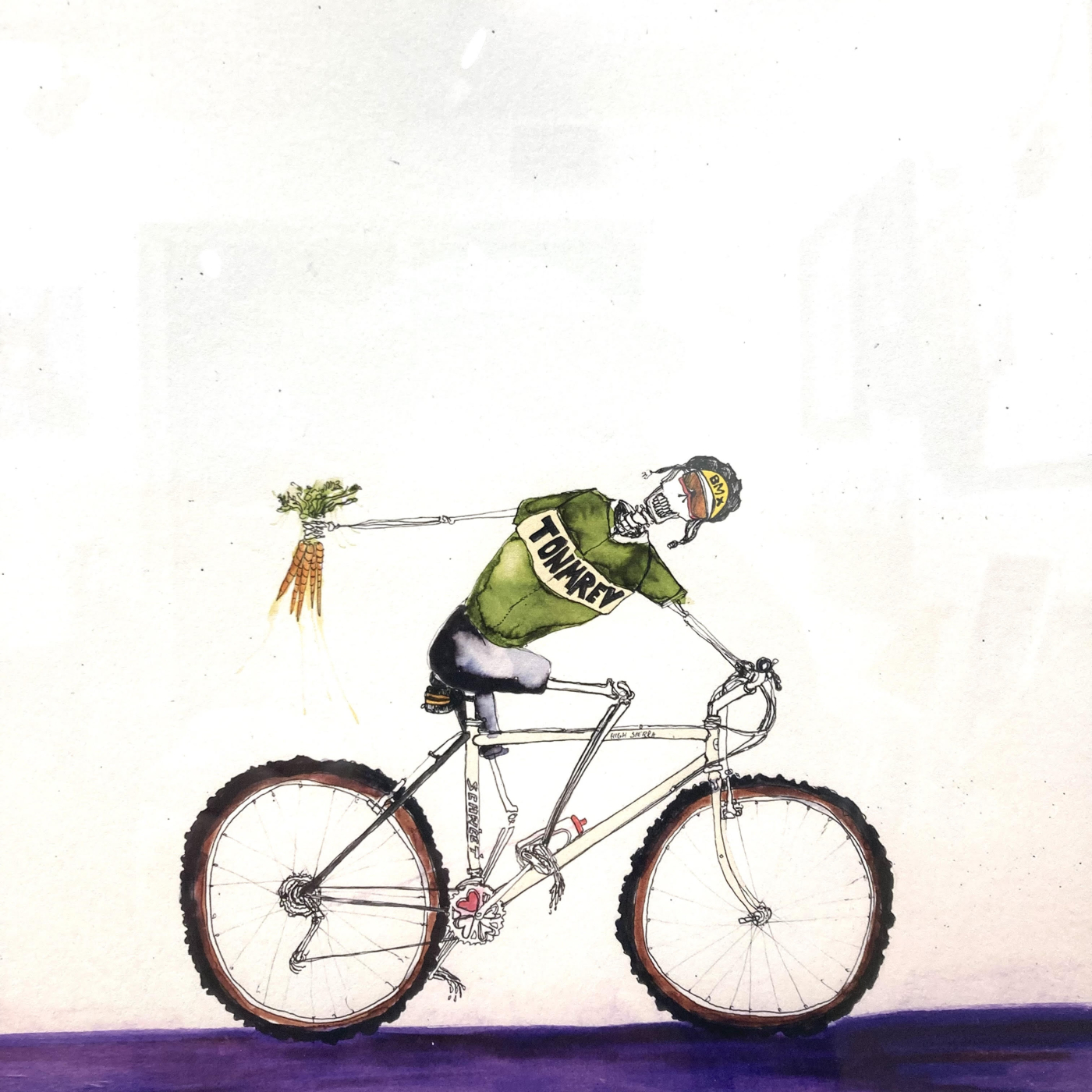By Kai Henriksen
With my time at the University of Utah coming to a close, this year has been mostly about transitioning into the professional world and how to go about preparing for that.
As an artist, I’ve been curious about the process of building a body of work, as well as attracting an audience for it. I had the opportunity to interview Jon Bailey, a professional artist and avid mountain biker/explorer out of Durango, Colorado, to pick his brain about what that transition looked like for him.
I first met Jon Bailey when I joined a local mountain biking group that he coaches. I had the pleasure of watching him grow in the community as an artist, and seeing his work start to spring up all over town in various shops, restaurants and magazines.
When I asked him what qualities and skills he’s developed that have benefited his career, he replied that having a standard of work to which he always applies himself has helped him not only maintain the value and quality of his work, but also proudly market himself. When the topic transitioned to personal style, he said: “Your style is you; that’s your value. That doesn’t necessarily need to be one thing, it’s an energy that you’re putting into it.”
Marketing that energy and quality standard is how he knows clients really want him, and not just any artist with a similar skillset.
“Try different things and look at a lot of different avenues that could potentially inspire you; that might help create your focus or your concentration as well as your style."
Another thing Bailey mentioned was the importance of being in the moment and enjoying his work. “With art, you’ve got to be careful to not get too stuck in the ‘time is money’ mindset, because the value is what your standard is when it’s all said and done,” he explained. “You don’t want to be inefficient with your time, but you also want to be consistent with your product. The process is what you should enjoy, so you don’t want to be beating yourself up about taking longer to complete something.”
I thought this was very valuable advice as someone who tends to get stuck in an efficiency-dominant mindset. I think enjoying the process not only makes you want to create more, but allows you to enter a flow state more naturally once you’ve started.
One thing I struggle with sometimes as an artist is creative block. It can occasionally be difficult to get started on a piece or motivate myself to begin brainstorming and coming up with ideas.
On this, Bailey had some valuable wisdom. He said staying mentally and physically healthy by going outside or having some kind of daily routine is essential to his workflow. He also mentioned that going somewhere to avoid distractions and the grind of daily life allows him to be more in the moment and focus on his work.
“The biggest thing is just starting,” he said. “And you just have to do it even if it feels terrible. You just have to start and the only loss or the only failure is just not starting.” He said that art school was helpful for him to look back on because, “you have to show up every day and you have to draw and you have to paint even if you didn’t feel good or you weren’t in it.” Being forced to create in school allowed him to become inspired by the artistic atmosphere and taught him that seeing and experiencing different things on a daily basis makes him more inspired to create.
Finally, I asked Bailey if he had any advice for current students to get the most out of their time in college. His answer was one that I wasn’t expecting.
“That’s the biggest part of education I think is the lens that you leave with and that you apply to everything you look at. You can be pretty direct and specialized in the sense of ‘I’m going to learn how to do this and then that’s my job’, but I think with art and the creative world your value is more how you interpret what you see.”
I totally agree.
ArtsForce Takeaways
-
When combating creative block, just start. Having something to push around and work with is better than waiting until you think of the “perfect” idea.
-
Maintain a standard of work for yourself. This not only allows you to display your value, but it also allows clients to be sure they want your skills.
-
Enjoy the process. Maintaining your health and producing art in a way that allows you to enjoy it is one of the best ways to support a healthy career.
Author Kai Henriksen is studying Computer Animation with a minor in Drawing, and is an Emerging Leaders Intern with ArtsForce.


